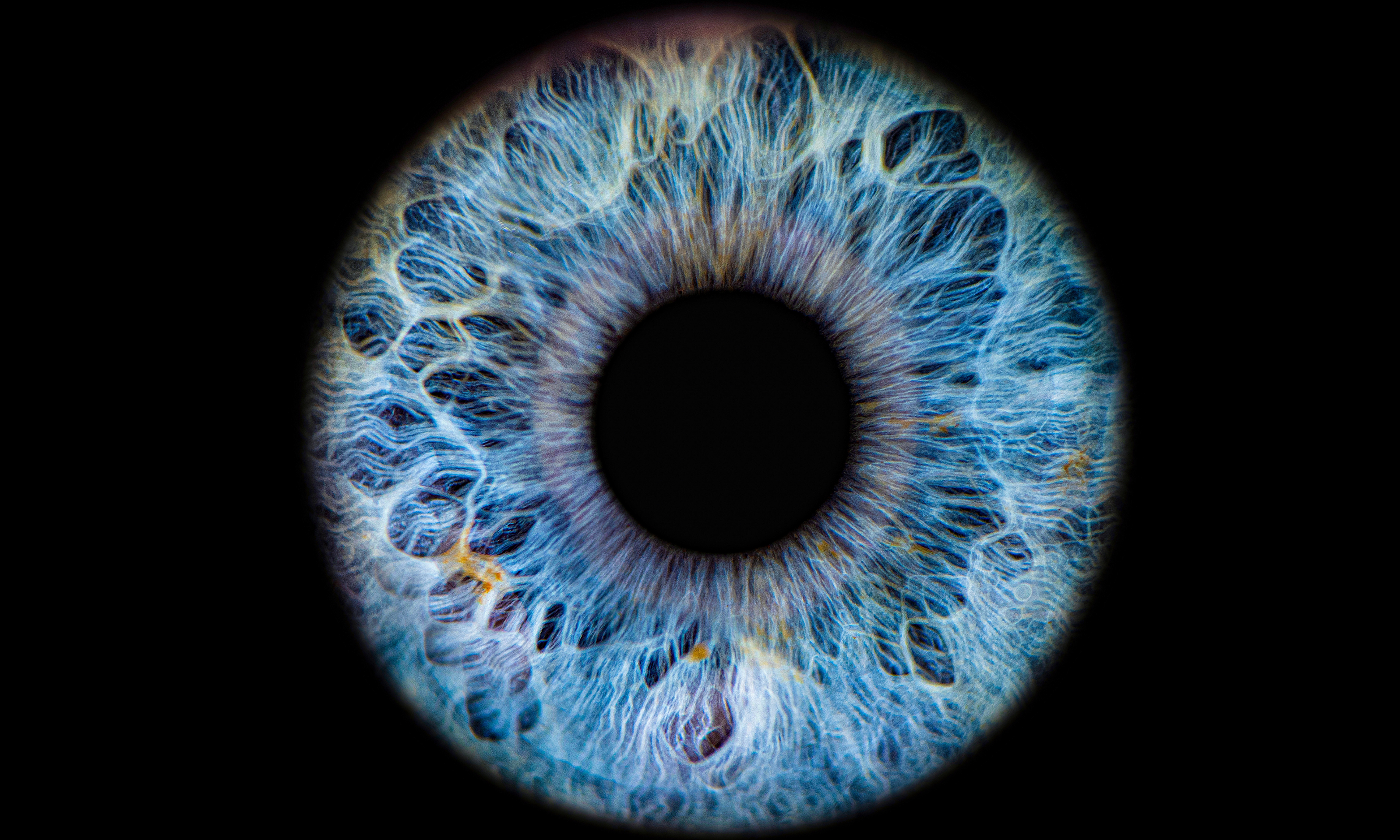Providence St. Jude becomes national leader in transforming spine surgery

At Providence St. Jude Medical Center, today’s most common back surgeries are being transformed into minimally-invasive procedures thanks to the groundbreaking capabilities of a surgical robot and some uniquely trained neurosurgeons—and physicians throughout the U.S. are coming to the hospital to learn how.
One of only a handful of nationally recognized observation and training sites for robotic spine surgery—and the only one in California—Providence St. Jude is using a state-of-the-art robotic platform to reduce recovery times, improve outcomes, and dramatically lessen the pain and discomfort once considered an unavoidable part of back surgery.
“Surgeries that typically require 4-5 days in the hospital are often reduced to an overnight stay,” explains Bowen Jiang, M.D., Medical Director of the St. Jude Neuroscience Institute and one of the nation’s most experienced surgeons in using robotic technology to treat degenerative diseases, herniated discs, stenosis, scoliosis, nerve compression, and spinal tumors. While traditional back surgery requires exposing the spine to see bony landmarks, leaving behind a 15-inch scar, the ExcelsiusGPS Robot’s real-time 3D image guidance allows surgeons to delicately maneuver through and around muscles along the spine—leaving behind a few band-aid sized incisions.
Because those muscles stabilize the spine, leaving them in place offers far better short-term and long-term outcomes. “Eliminating the need to remove or cut through the muscles along the spine is a game-changer in terms of pain and recovery,” describes Dr. Jiang, a Johns Hopkins-trained neurosurgeon who participated in the world’s first surgery using the ExcelsiusGPS robotic platform. The result? Some patients are back at the grocery store before conventional back surgery patients have left the hospital.
Recently Globus Medical, the market leader in robotic solutions for spine surgery and developer of the ExcelsiusGPS Robotic Platform, designated Providence St. Jude as the state’s only ExcelsiusGPS Premier Center. “Most of the state’s top hospitals sought this designation but we offer some unique strengths,” explains Dr. Jiang, one of the first in the nation to be fellowship-trained in robotic spine surgery. “We’re home to highly trained surgical teams, an award-winning team of caregivers and rehabilitation experts, and an extensive track record of using robotic technology to improve our patients’ lives.”
The ExcelsuisGPS robot translates the surgeon’s hand motions into tiny micromovements, while the sophisticated navigation system allows unprecedented precision in placing screws and other hardware. “Spine surgery often involves challenging anatomy and very difficult trajectories,” explains Erick Westbroek, MD, a Stanford-trained neurosurgeon who completed his fellowship in complex spine surgery at Johns Hopkins Hospital before joining Providence St. Jude. “The robot’s 3D modeling and image guidance capabilities design the ideal trajectory, moving us as close to perfect accuracy as possible.”
Along with radically decreasing the invasiveness and discomfort of surgery, the hospital’s robotic approach significantly reduces radiation exposure for the patient as well as the surgical team. A traditional approach to back surgery requires 30-40 x-rays to determine anatomy and placement, while the Excelsius platform marries the patient’s pre-surgery scans with real-time imaging—avoiding the need for repeated radiation exposure.
Explains Dr. Jiang who has published several landmark clinical research studies examining the benefits of a robotic approach, “We’re leveraging technology and expertise to create extraordinary outcomes for patients.”
Watch this story of how robotic spine surgery put an 84-year-old ballroom dancer back on her feet.



